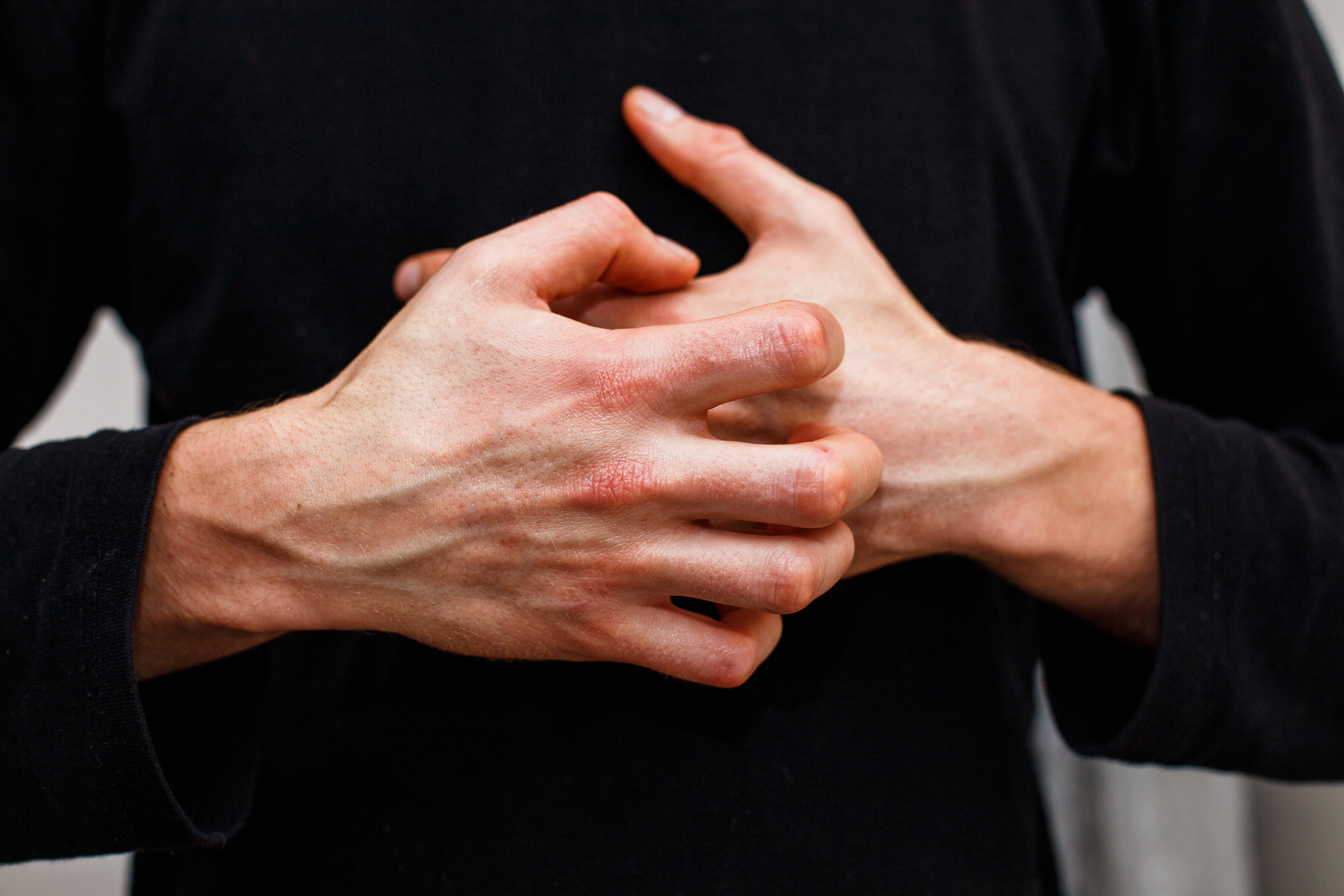Plaque Psoriasis in the U.S.: Symptoms, Treatments, and What You Can Do
Plaque psoriasis is the most common form of psoriasis in the United States, affecting over 7.5 million Americans, according to the American Academy of Dermatology. This autoimmune skin condition causes red, raised patches with silvery scales, often appearing on the elbows, knees, scalp, and lower back. While there is no cure, there are effective treatments available — many covered by insurance or patient assistance programs.

What Is Plaque Psoriasis?
Plaque psoriasis results from an overactive immune system that speeds up the skin cell renewal process. While normal skin cells replace themselves every 28 to 30 days, psoriasis shortens this cycle to just three to four days. As a result, skin cells build up rapidly on the surface, forming thick plaques. Though not contagious, this condition is chronic and often comes in cycles, flaring for weeks or months and then subsiding.
Common Symptoms
Typical symptoms include raised red patches of skin covered with silvery-white scales. The skin may be dry, cracked, and prone to bleeding. Many people also experience itching, burning, or soreness. Plaque psoriasis can affect the nails, causing thickening, ridging, or pitting. In some cases, individuals may develop psoriatic arthritis, leading to joint stiffness and pain.
Causes and Triggers
While the exact cause remains unknown, plaque psoriasis is believed to develop from a combination of genetic and environmental factors. Common triggers include emotional stress, skin injuries like cuts or sunburns, cold and dry climates, and infections such as strep throat. Certain medications, including lithium and beta-blockers, can worsen symptoms. Lifestyle factors like smoking and heavy alcohol consumption may also contribute to flare-ups.
Topical Treatments
For mild to moderate cases, dermatologists in the U.S. often start with topical treatments. Corticosteroid creams are frequently prescribed to reduce inflammation and scaling. Other options include vitamin D analogs like calcipotriene, coal tar products, and salicylic acid lotions, many of which are available over the counter. These treatments help slow cell turnover and reduce itching and inflammation. Learn more at the National Psoriasis Foundation.
Phototherapy
Phototherapy, also known as light therapy, uses controlled exposure to ultraviolet B (UVB) light to slow excessive skin cell growth. This treatment is FDA-approved and available through dermatology clinics across the U.S. Many insurance plans cover it. For more information, visit the American Academy of Dermatology.
Systemic and Biologic Treatments
For moderate to severe plaque psoriasis, systemic medications may be necessary. Biologic drugs like Humira, Cosentyx, Skyrizi, and Taltz target specific parts of the immune system and are highly effective for many patients. Oral medications such as methotrexate, cyclosporine, and Otezla (apremilast) may also be prescribed. These treatments require close monitoring and may be expensive, but assistance programs from drug manufacturers and services like GoodRx can reduce costs.
Lifestyle Management
Managing lifestyle factors is also essential. Moisturizing regularly with fragrance-free lotions, taking short lukewarm showers, and avoiding harsh soaps can protect sensitive skin. Reducing stress, eating a healthy anti-inflammatory diet, and avoiding known triggers can prevent or lessen flare-ups. Support groups through the National Psoriasis Foundation can offer connection and advice.
When to See a Dermatologist
If you suspect you have plaque psoriasis or your symptoms are worsening, consult a licensed dermatologist. Early diagnosis and a tailored treatment plan can improve your skin health and overall well-being.
